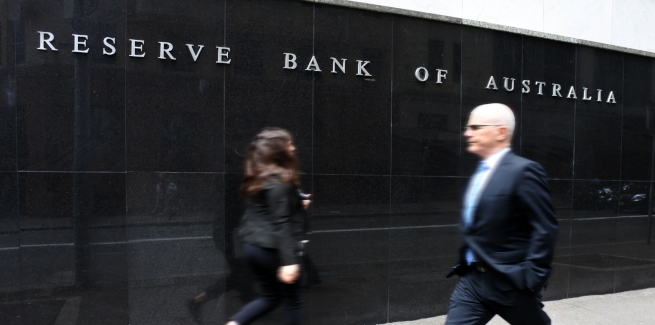According to the latest Labour Force data from the Australian Bureau of Statistics (ABS), the unemployment rate fell below market expectations in December, from 5.2 per cent to 5.1 per cent (seasonally adjusted terms).
This marks the second consecutive fall in the unemployment rate, which fell from 5.3 per cent in November.
Almost 29,000 new jobs were created in December, taking the overall number of employed persons to 12.98 million, up from 12.95 million.
The workforce participation rate remained stable at 66 per cent, in line with market expectations.
Reflecting on the data, ANZ Research observed that the improvement “reinforces” the Reserve Bank of Australia’s (RBA) view that the Australian economy appears to have “reached a gentle turning point”.
As a result, ANZ Research is expecting the central bank to postpone its next cut to the official cash rate, despite analysts forecasting a cut in February.
“This makes it difficult to see the RBA easing in February, notwithstanding the short-term hit from the bushfires and the likely downward pressure on near-term growth expectations from the weakness in consumer spending evident in the [third quarter] GDP data,” the research group noted.
“Accordingly, we are no longer forecasting a February rate cut. We still think further rate cuts are more likely than not over the course of 2020, however.”
However, ANZ Research continues to expect further monetary easing from the RBA in the near future.
“Continued weakness in consumer spending and soft business investment suggest that progress towards lower unemployment will stall at a level that is inconsistent with the RBA achieving its policy objectives,” ANZ Research added.
“We are in the process of reviewing the likely timing of these future rate cuts.”
The RBA’s next monetary policy board meeting will be held on Tuesday, 4 February.
[Related: Lack of cash rate ammunition to ‘constrain’ GDP growth]
 ;
;
